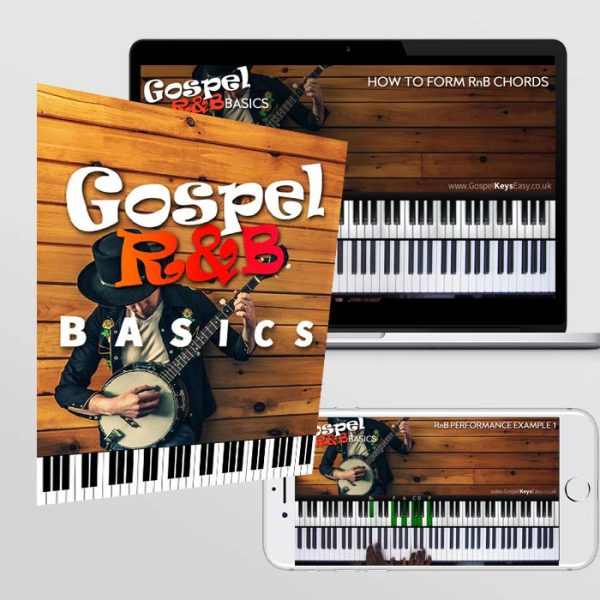


#Ravenscroft 275 discount pro
The two primary reverbs that I used on the record: My $3,950 Bricasti M7 (worth every penny!) and D-Verb, the stock reverb from Pro Tools. The feedback was very positive, particularly on my use of reverb. I just completed a mix for a new signee on a major last week. I want to give you not just my favorite choices of plugins, but also a little bit about application, so that you can figure out what will likely work best for you.īy the way, these aren’t in a “ranking” order, because they all have their place and will be best in some cases but not in others. For this article I want to focus specifically on reverb. Figuring out which is best, particularly when “best” is so subjective, is tough. Let’s be honest, there are a lot of plugins available. Great for classical and for the unique perspective of the room sound and work great blended with any other mics. ROOM: A mix of mics away from the piano that capture the complete instrument along with the room characteristics. Side mics are also fully mono-capable due to the nature of mid-side. Great for jazz and classical and blend well with other mics to add more room or detail. SIDE: A mid-side vintage U87 setup right outside the rim that capture a balance of warmth and detail with a more focused image. More distant than Close mics, they're great for classical and player's perspective while also mixing well with other mics. PLAYER: A stereo pair of mics that capture the sound heard sitting at the keys and pick up more of the hammer attack. Great for pop/modern playing and hold up well in any mix. The microphone selection and setups were chosen for their variety of use, the character of the piano we wanted to capture as well as how they compliment one another when mixing.ĬLOSE: A mix of mics inside the piano placed over the strings and hammers that capture a punchy detailed tone with a big stereo image. Much time is also saved by not having to unload and reload mic samples letting you have quicker access to all the mics at once. If a mic is loaded but deactivated by switching it off, no polyphony is used and system resources are conserved. Adjust the mic's volume with the slider and shut the mic off with its power switch. Loading microphones is quick and easy while memory usage remains very reasonable. The Main control panel features the Mic selection and mixing section center stage. This is the Ravenscroft 275 virtual piano studio. Load the samples you want and activate or deactivate mics without having to unload and reload the samples. Tones from close and intimate, diffuse and distant, warm or brilliant, all can be acheived with one or more of these mics.

World-class mics and preamps were used throughout. The four discrete phase-aligned mic setups of the Ravenscroft 275 accurately capture its unique voice in exquisite detail and can be used individually or mixed in any way.
#Ravenscroft 275 discount plus
Plus the microphone selection and placement in and around the piano affect the stereo image and what tonal aspects of the piano are being recorded. Versatility in microphone setups is needed to cover any playing style or mix without being limited to one basic tone. When recording a great piano in the studio, you want options. Piano VST - Production Grand vs Ravenscroft 275 Gearslutz is part-supported by our visitors.
#Ravenscroft 275 discount free
Audio Plugin Deals has launched a sale on the Ravenscroft 275 virtual piano instrument by VI Labs, offering a 50% discount on the one-of-a-kind concert grand for the free UVI Workstation and Falcon. Each feature is detailed below and of course it still contains the features of the previous versions like the release volume, pedal noise and key noise.

The Kawai EX PRO is now in V3 and includes many new features to make it one of the most complete pianos on the market.


 0 kommentar(er)
0 kommentar(er)
